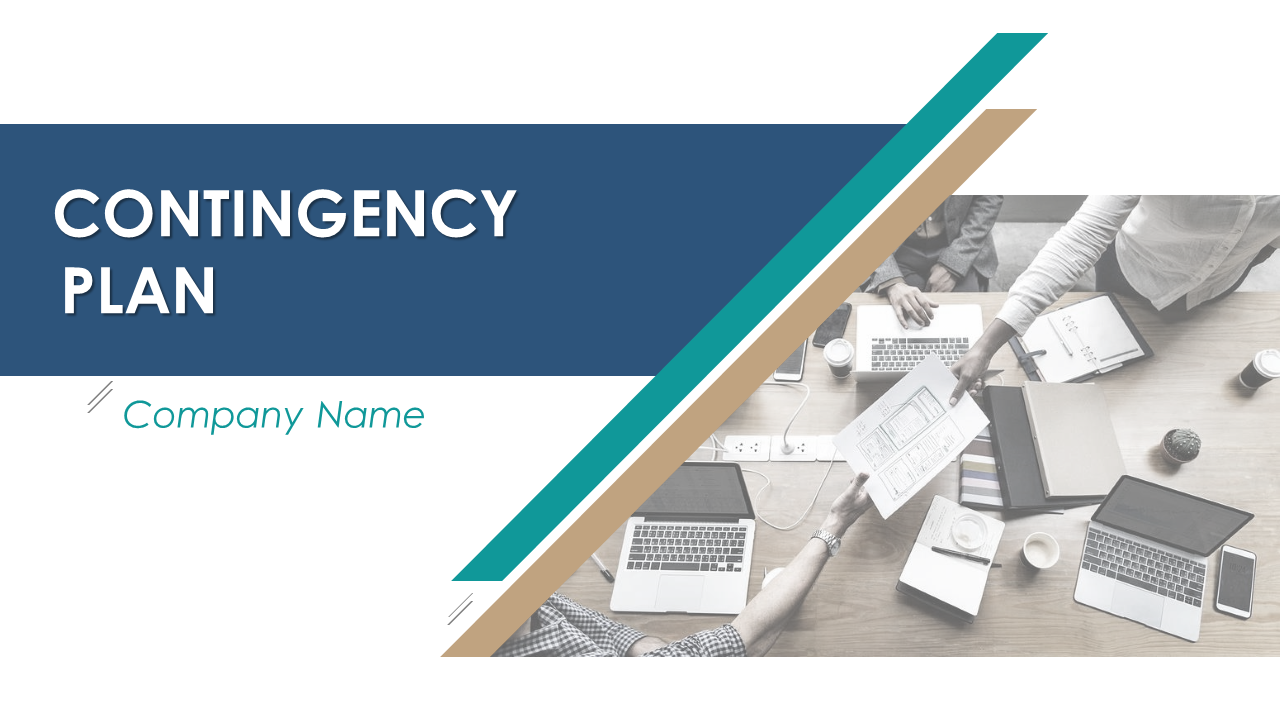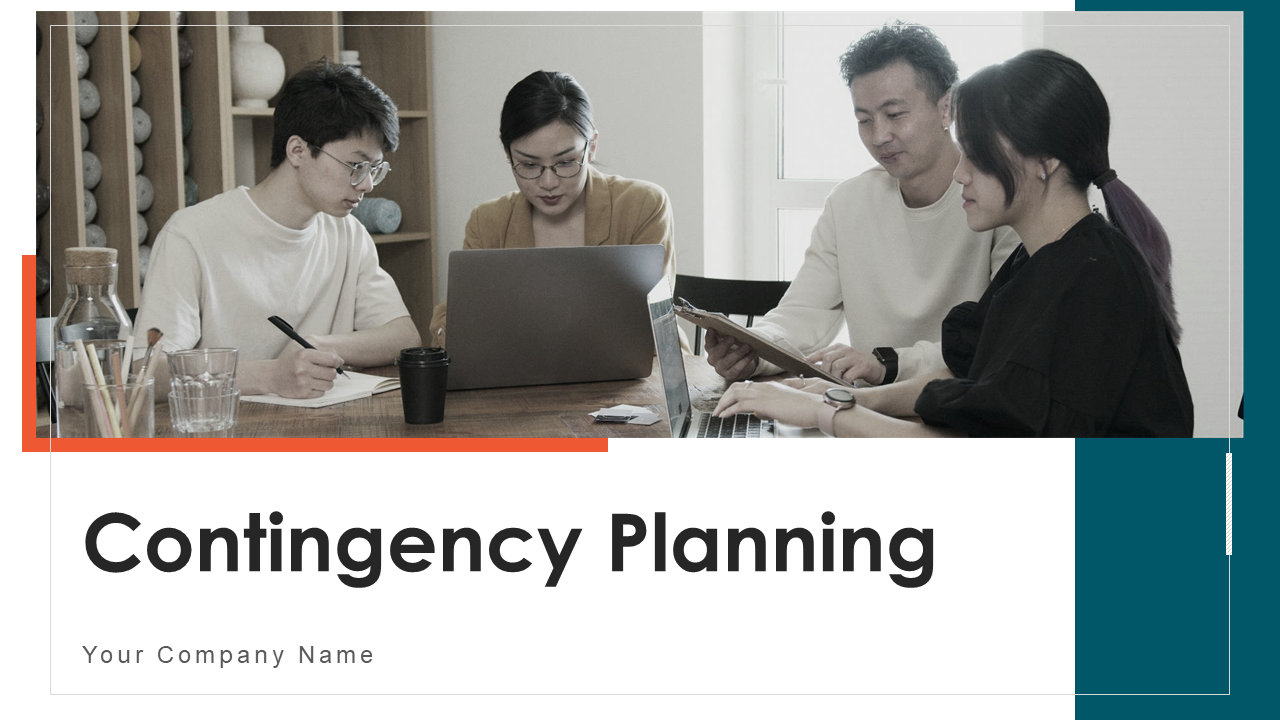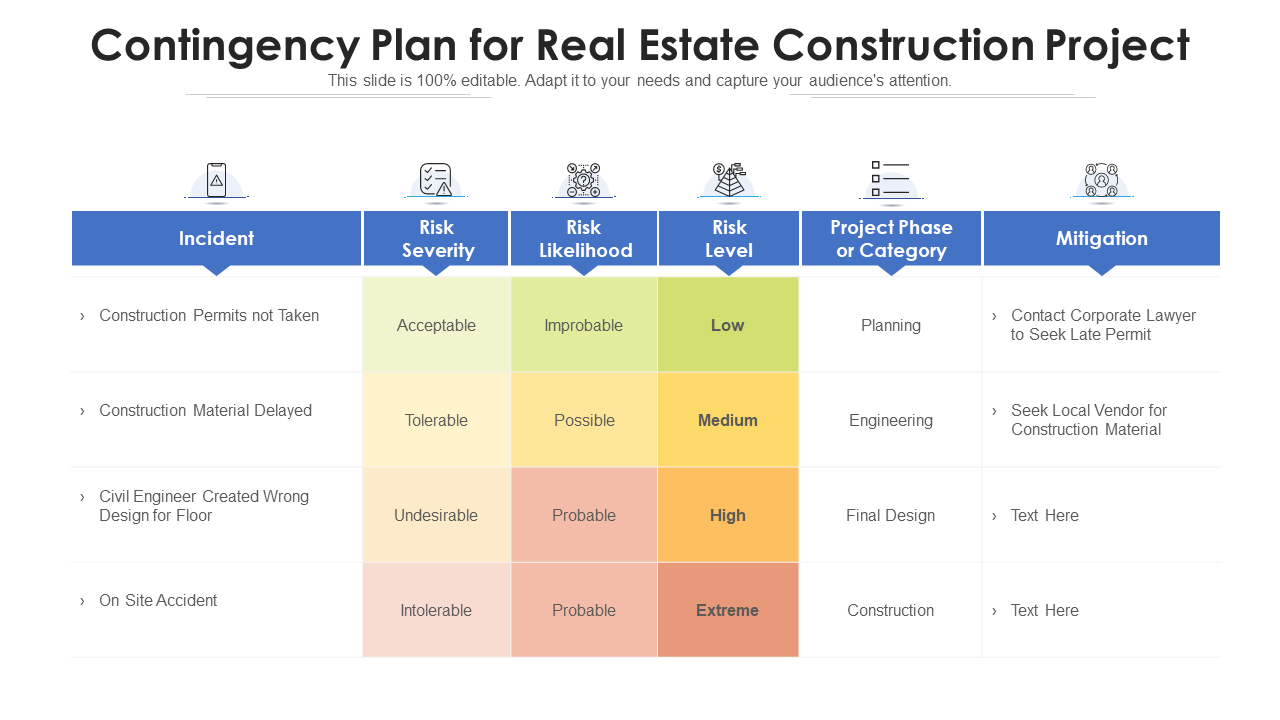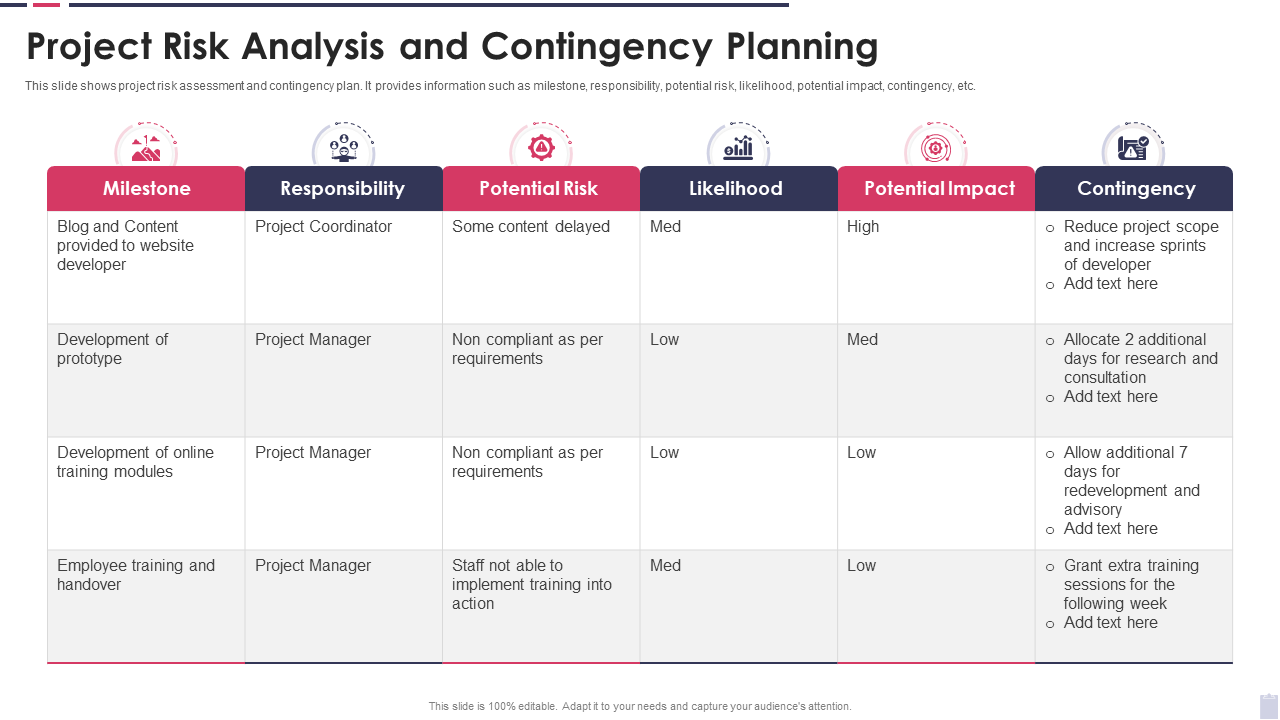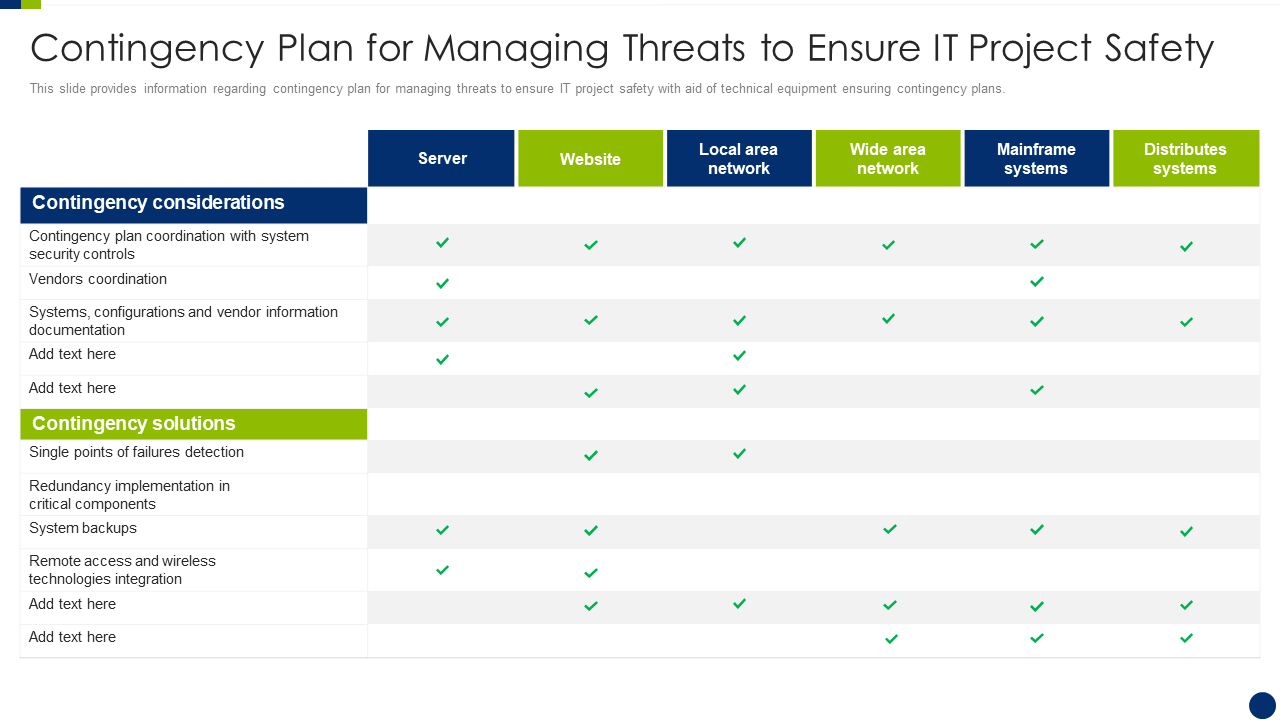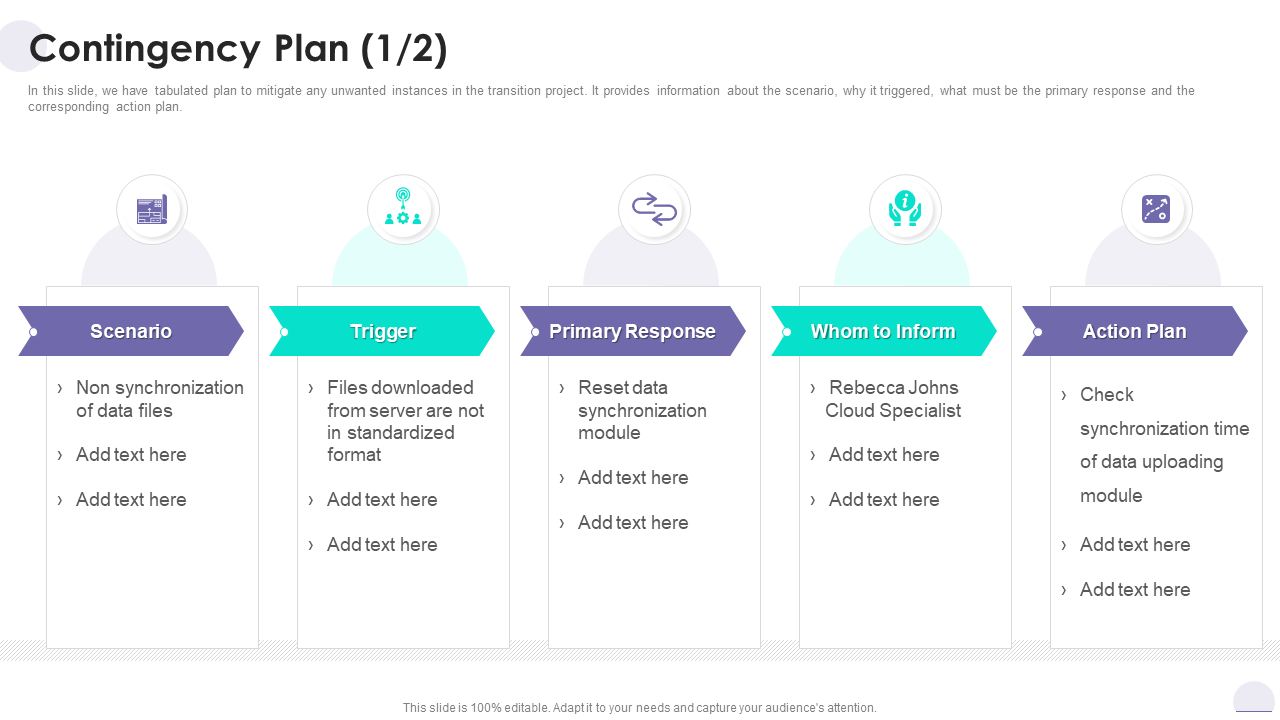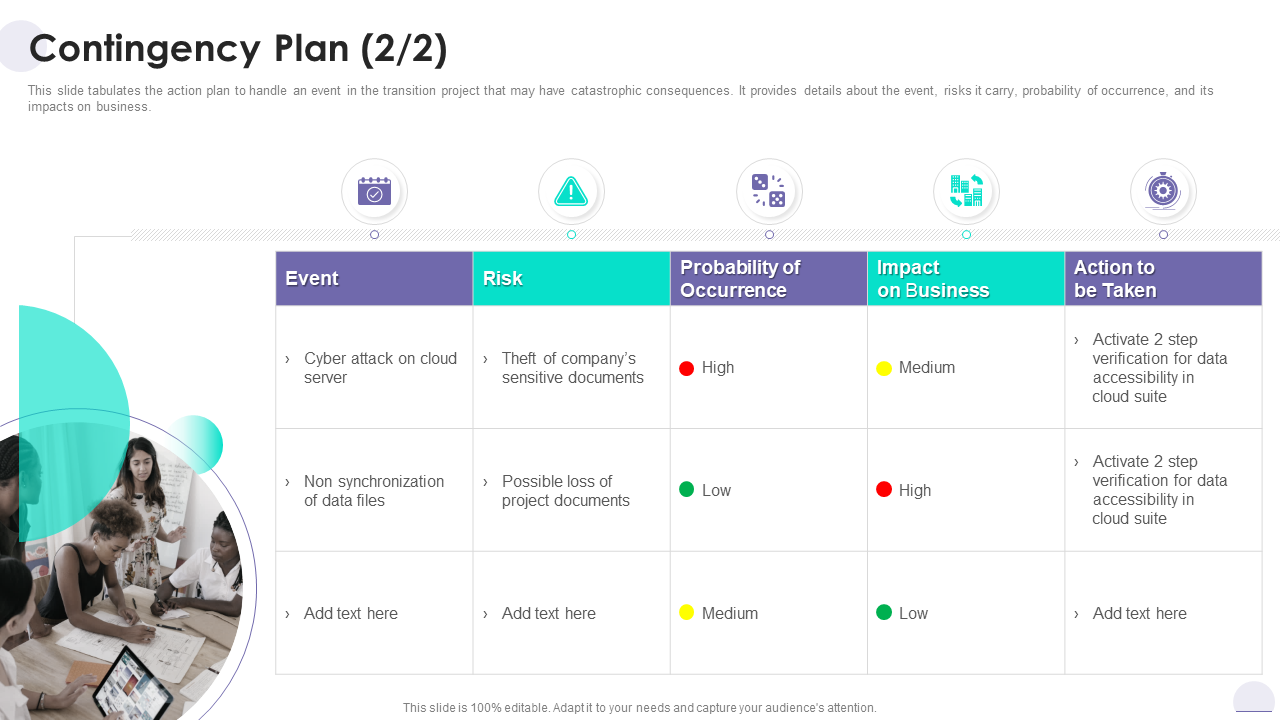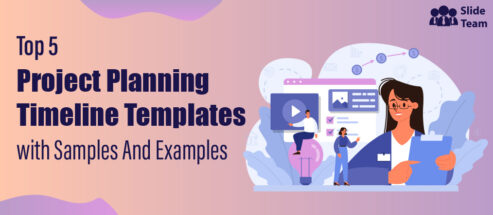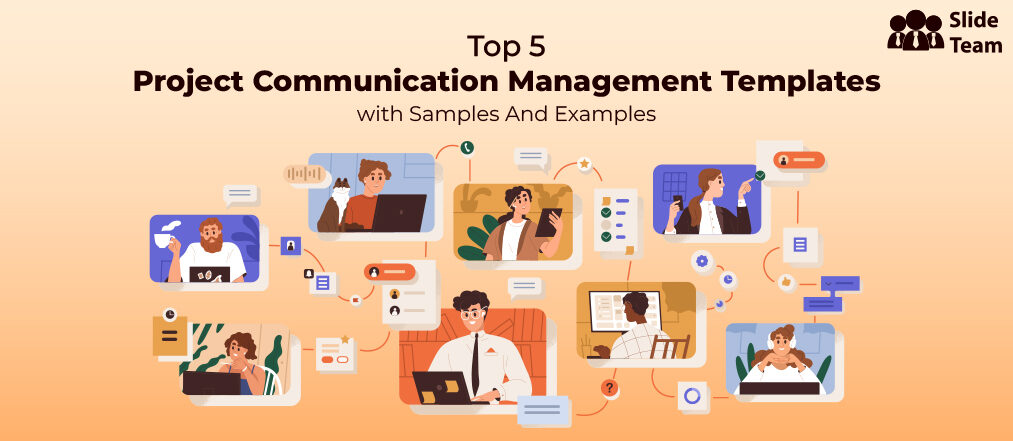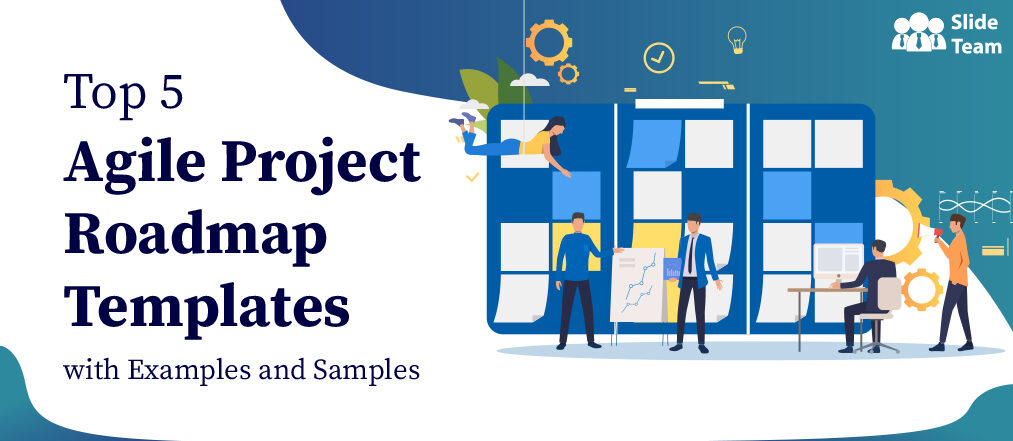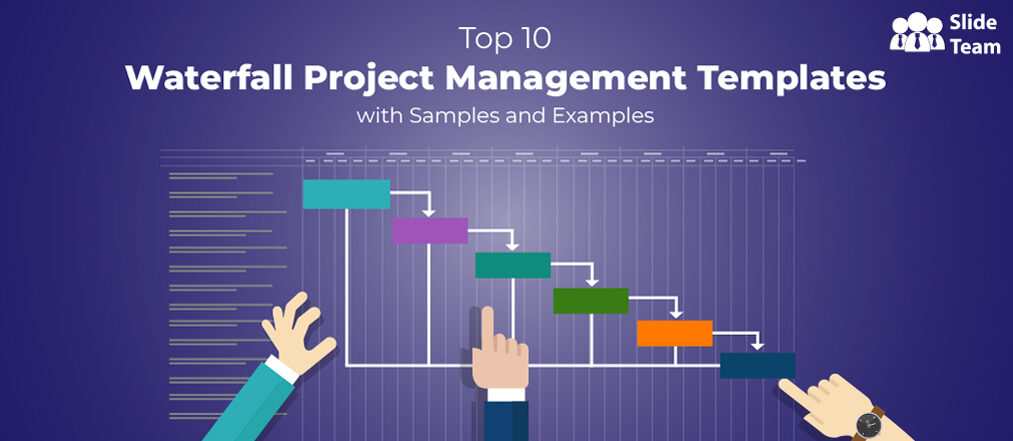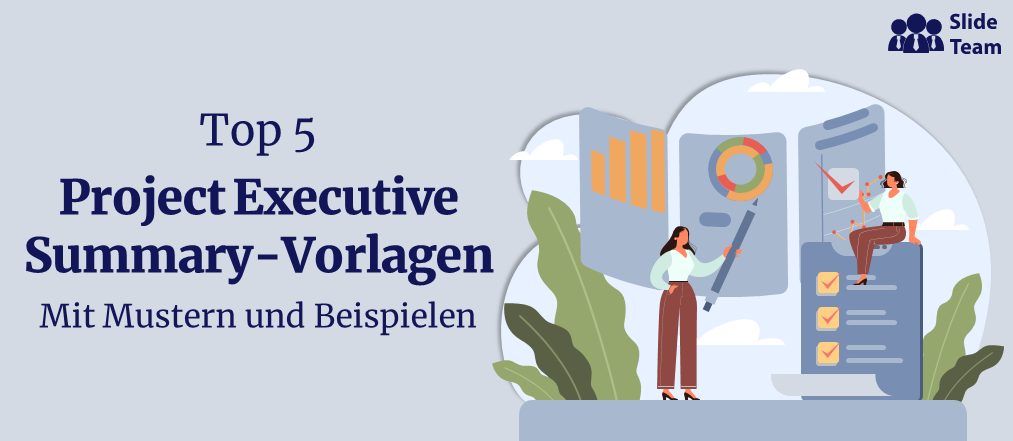Remember watching movies like Inception, Tenet, The Martian, etc., where the characters scrambled to come up with a plan B when things went wrong? As an audience, that feeling of what happens next keeps everyone on the edge of their seat. This could be when on-screen characters try to save themselves or their loved ones. You will experience the same adrenaline rush while in charge or being a team member of a project that's gone off track. However, unlike in the movies, you can't afford the luxury of waiting for a hero to swoop in and save the day. That's where project contingency plans come in as your safety net.
Nitty-gritty of Contingency Plan
A project contingency plan is a proactive strategy that outlines steps to be taken in case of unforeseen events or problems that could negatively impact a project's success. It is the plan B to help you anticipate, identify, and manage potential risks or issues before these become bigger problems.
Did you know that companies with contingency plans are more likely to survive a crisis than those without one? Most project managers think that 7 of 10 projects experience some delay or unexpected event that could have been prevented with a contingency plan. That's because a project contingency plan gives you a roadmap for dealing with setbacks so you act quickly and minimize the damage.
Project Contingency Plan Templates
Creating a contingency plan for your project can seem daunting, but fear not! With a bit of creativity, some strategic thinking, and our templates, you can be prepared for all unexpected challenges that may arise during the project timeline. Our project contingency plan templates are user-friendly so that even a person with no project management skills can use these. The 100% customizable nature of the templates provides you with the desired flexibility to edit your plan B. The content-ready slides give you the much-needed structure to create an escape route.
Let's explore these project contingency plan templates to plan for success, even in the face of adversity!
1. Contingency Plan PowerPoint Presentation Slides
This presentation deck will help you develop an actionable contingency plan that will sail your ship out of storms with ease. It contains six pre-designed templates to create comprehensive emergency plans with elements like failure reasons, budget, implementation strategy, scenario planning, operation support plans, risk assessments, resource planning, post-risk analysis, and more listed. Download it now!
2. Contingency Planning PowerPoint Presentation Deck
Lack of preparation leads to delays and budget overruns, lowering your team's morale and damaging their reputation. By taking the time to create a comprehensive contingency plan, you ensure risk mitigation and that your project stays on track. This PPT Bundle will help you complete this project management task with its slides on risk mind-mapping, probability-impact matrix, and scenario-wise contingency strategies. In this mini-deck, you will also find a ready-to-use table to record and present risk probability, response, preparation, and impact. Get it now!
3. Contingency Plan Template for Real Estate Construction Project
Make your real estate project management a breeze with this research-based contingency plan template. It contains smartly-designed columns to present information about unforeseen incidents/risks, their severity, likelihood, impact level, project phase of occurrence, and mitigation steps. Get this PPT Slide today and secure your construction project from beginning to end with a plan B. For instance, use this template to see what could be the mitigation strategy if construction material is delayed.
4. Project Risk Analysis And Contingency Planning PPT Template
Use this presentation design to highlight and mitigate the minutest of risks that can ruin your project schedule. You will find alternate-colored columns in this PowerPoint set to present essential information about project risk analysis in an eye-catching manner. It has pre-designed spaces for sharing contingency plans with details about project milestones/phase/activities, responsible person, related potential risks, the likelihood of risk occurrence, potential impacts, and contingencies. Download it now!
5. IT Project Contingency Plan Presentation Template
Technical projects are challenging to handle, as they are highly prone to risk, errors, or uncertainties. Having contingency plans are a must to ensure the success of IT or software projects. Fasten your seatbelt for the rollercoaster ride of an IT project by preparing an easy-to-read contingency plan with this PPT Slide. It makes the plan implementation easy with its checklist feature that marks an activity complete when you put a green tick. You will never forget a single task with the help of this comprehensive and dynamic contingency plan. The easy-to-monitor structure of this PowerPoint set is another advantage. Grab it today!
6. Project Contingency Plan Presentation Template
Take advantage of this PPT slide to prepare an eye-appealing stepwise contingency plan for your business projects. It starts with mapping a scenario, then proceeds to locate the trigger, determining the primary response, whom to inform, and an action plan. Get it now and make the project contingency planning a cakewalk!
7. Project Contingency Plan PPT Presentation Slide
Starting any project with advanced planning and preparations is the only way to save the sky from falling down when trouble visits your project. It could be bad, but still controllable. This PPT Template will help you prepare a detailed contingency plan entailing unexpected events, significant risks, business impacts, probability of occurrence, and actions to be taken as plan B. The bright, elegant theme of this infographic is eye-soothing and makes it users' and audience's favorite to watch. Download it now!
With the Best, Prepare for the Worst!
A contingency plan includes specific steps and procedures that a project manager implements in case of emergencies, unexpected delays, or other project timelines, budget, or quality disruptions. A contingency plan aims to mitigate the impact of unforeseen circumstances and ensure that a project stays on track. We offer these research-based project contingency plan templates to help you stay ahead. These plug-and-play presentation slides are ready to serve your needs with their easy-to-customize and high-quality design.
Download these project contingency plan templates to expect the unexpected in your projects!
FAQs on Project Contingency Plan
1. What are the five steps of contingency planning?
Contingency planning is a process of identifying potential risks and developing a plan of action to manage it. Here are the five steps involved in contingency planning:
- Identify potential risks that could impact your project or business operations. It includes anything from natural disasters to technology failures to unexpected changes in the market.
- Next, assess the likelihood and impact of each risk to prioritize your efforts and focus on the threats that are most likely to occur and have the most significant impacts.
- Based on the risks you have identified, you need to develop a contingency plan. It should include specific actions that you will take to manage each risk. This plan should be flexible and adaptable.
- If the implementation of a contingency plan is required, make sure that your team is aware of the procedure and understands their roles and responsibilities. You may also need to train your team.
- Finally, you need to monitor and review your contingency plan to test and ensure its effectiveness. It may involve testing your plan through simulations or drills to identify areas that need improvement.
By following these five steps, you can create a comprehensive contingency plan that will help you manage risks and ensure the continuity of your business or project operations.
2. What are the three major components of a contingency plan?
A contingency plan typically consists of three major components:
- Risk assessment: This component involves identifying potential risks that could impact your business or project. It includes assessing the likelihood, potential impact, criticality, and priority of each risk.
- Response strategies: After identifying potential risks, you need to develop plans outlining the steps to manage each risk. These strategies should be specific, actionable, and adaptable. For example, if a natural disaster occurs, your response strategy might include evacuating the building, activating backup systems, and communicating with employees and customers.
- Implementation and testing: This involves putting your plan into action and testing it. This can be done by conducting simulations or drills.
3. What are the types of project contingencies?
Each project has its contingencies depending on the type, industry, environment, workforce, goals, and other variables. Here are the common types:
- Time contingencies: These are contingencies that address potential delays or schedule changes. Examples include unexpected changes in project scope, delays in receiving necessary materials, or disruptions that unforeseen events cause.
- Cost contingencies: These are contingencies that address potential cost overruns or budget changes. Examples include unexpected price increases, extra labor costs due to any reason, or changes in regulatory requirements that require additional resources.
- Technical contingencies: These are contingencies that address potential technical issues or failures, for example, hardware failures, software bugs, or cybersecurity breaches.
- Resource contingencies: These are contingencies that address potential shortages of critical resources like shortages of key personnel, supply chain disruptions, or unexpected changes in market demand.
- Communication contingencies: These contingencies include potential communication breakdowns or failures such as miscommunication with stakeholders, unexpected changes in project requirements, or communication failures due to technical issues.


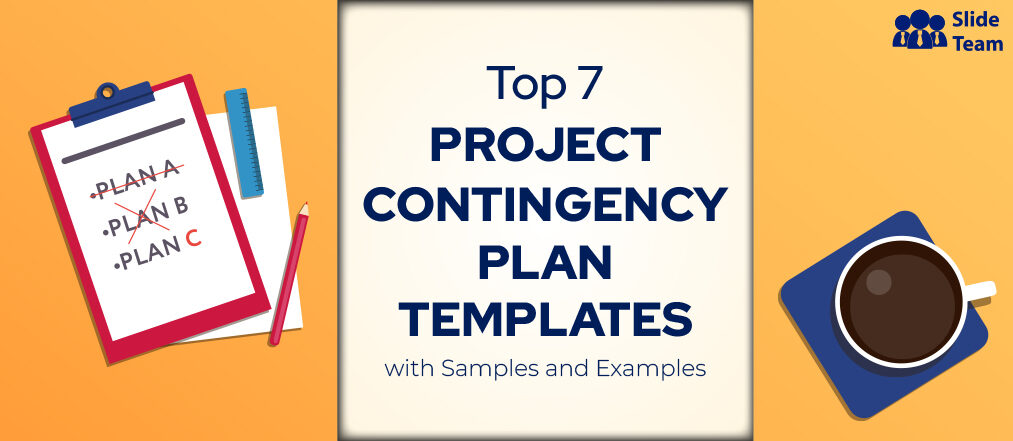


 Customer Reviews
Customer Reviews

